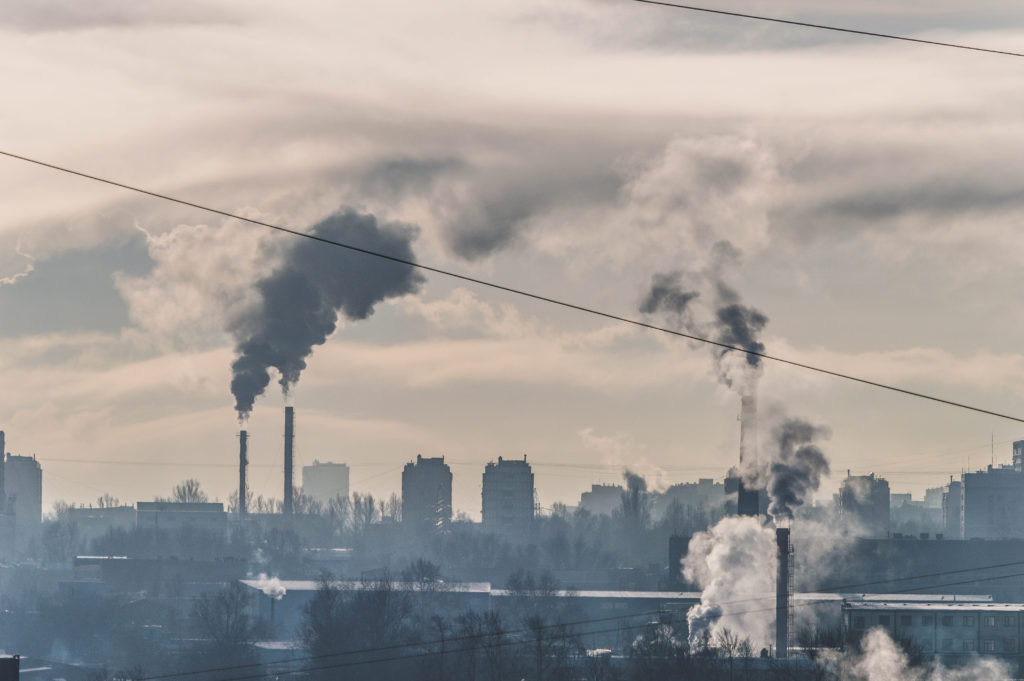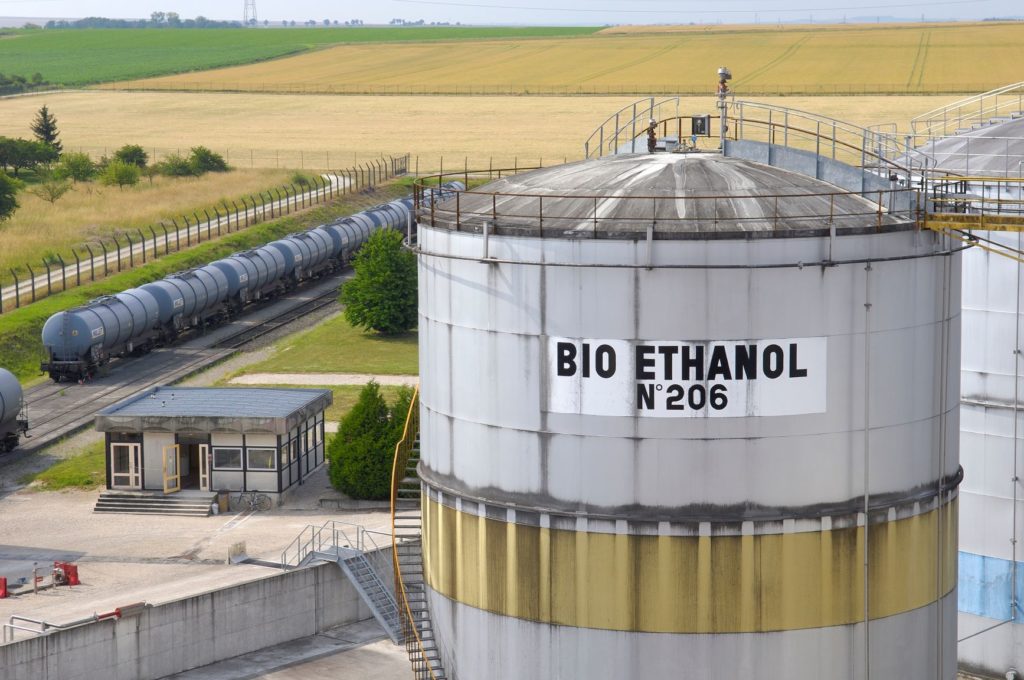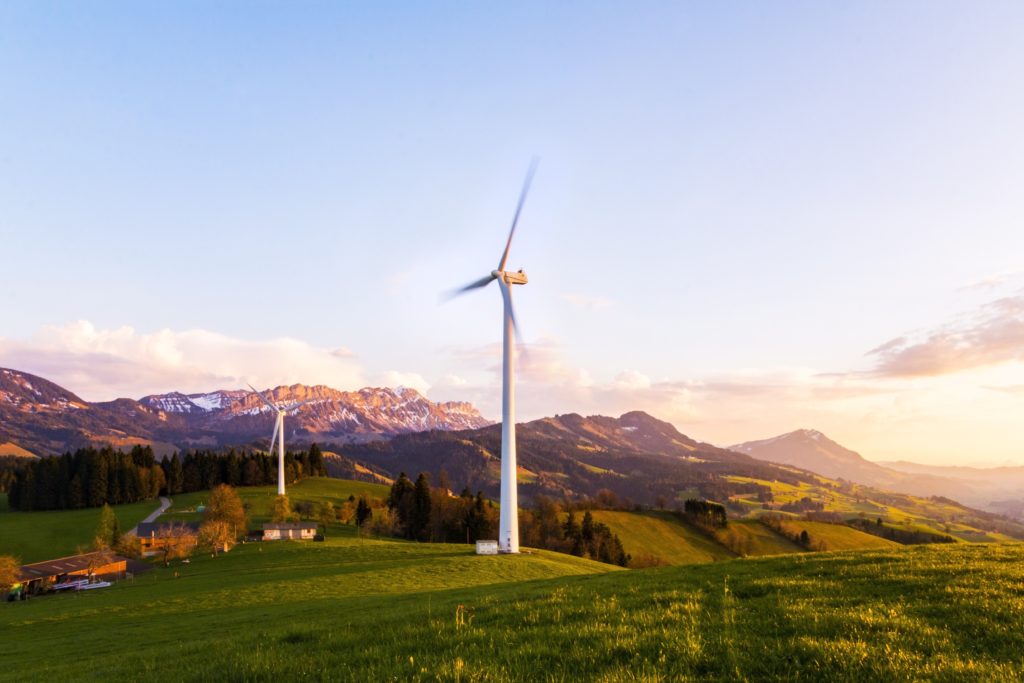James Lawler
Viewing 24 of 180 Podcast Episodes


Climate Now: Sep 10, 2021
Saving two birds with one stone: tackling biodiversity and climate together with Pete Smith
Many climate change mitigation proposals are land-use intensive. Are these proposals feasible without negatively impacting biodiversity? Can we develop solutions for both the climate and biodiversity crises? There has been an historic lack of collaboration bet


Climate Now: Sep 7, 2021
Calculating Climate Financial Risks with Tory Grieves
The climate crisis has myriad effects on American businesses, from where properties are located and their likelihood of encountering extreme weather, to where materials are sourced and potential supply-chain complications. These effects inevitably carry with t


Climate Now: Sep 3, 2021
Building stars on Earth: the potential of nuclear fusion
Is there such a thing as “perfect” energy? With nuclear fusion, the answer is maybe. Fusion energy would be safe to human health, environmentally clean, and essentially limitless. But, developing a sustainable fusion reaction still faces significan


Climate Now: Aug 27, 2021
Nuclear Energy: What are the real risks? with David Keith
Despite being a reliable, zero-emissions alternative to energy derived from fossil fuels, nuclear energy remains mired in controversy. Opponents often cite four reasons not to include nuclear in the portfolio of alternative energy sources that will replace fos


Climate Now: Aug 20, 2021
Investing in the Energy Transition with Salim Samaha
Transitioning to a sustainable energy economy will require significant input of investment capital. But how do investors decide which companies and technologies to back as society moves toward a carbon neutral future? Salim Samaha heads energy project investme


Climate Now: Aug 16, 2021
Optimizing Reforestation to Mitigate Climate Change with Susan Cook-Patton
Trees are an incredible resource for mitigating climate change, with myriad environmental benefits – not least their ability to remove carbon dioxide from the atmosphere and store it for hundreds to thousands of years. Reforestation – the process o


Climate Now: Aug 13, 2021
Will China reach net-zero emissions by 2060?
China currently produces more greenhouse gas emissions than the next three biggest emitters – the United States, European Union, and India – combined, making a commitment from China to decarbonize its economy essential to reaching global carbon neu


A Climate Change Primer Ep 7
Carbon Dioxide Removal (CDR)
In order to reach global net-zero emissions by 2050, we must remove CO2 from the atmosphere as well as prevent further emissions. Carbon Dioxide Removal (CDR) can be accomplished naturally – through forests, soil sequestration, or mineralization –


Climate Now: Aug 9, 2021
Carbon Dioxide Removal with Roger Aines
How do we reach global net-zero emissions by 2050, when there is almost no chance of completely ending our dependence on fossil fuels by that time? The solution will require Carbon Dioxide Removal (CDR) – a host of natural and technological techniques for dr


Climate Now: Aug 6, 2021
Carbon Sequestration with Julio Friedmann
In order to limit global warming to 1.5 degrees Celsius, we must (in addition to reducing emissions) capture carbon and permanently store it where it cannot be released, a process known as carbon sequestration. So, what is currently being done to advance carbo


Climate Now: Aug 2, 2021
Clean Aviation Fuel with Steve Csonka
What incentives are needed for airlines to adopt sustainable aviation fuel (#SAF) and decarbonize air travel? How does SAF get tested and approved for use in commercial aviation? Who are the players in this space now and how much SAF is already being used? Ste


Climate Now: Jul 30, 2021
What’s Wrong with Carbon Offsets? with Mark Trexler and Derik Broekhoff
As the climate crisis worsens, more and more companies are committing to go “net-zero”. Most of these commitments include the purchase of carbon offsets or investment in negative emissions projects, designed to offset the emissions resulting from c


Climate Now: Jul 27, 2021
Hydrogen Electrolysis with Ben Wiley
Declining renewable energy costs have sparked a renewed interest in green hydrogen, which has the potential to decarbonize sectors in which electricity cannot. Because hydrogen doesn’t occur by itself on Earth, it must be separated from other elements, s


A Climate Change Primer Ep 6
Biofuels: An overview
Biomass – such as corn or switchgrass – can be converted into liquid transportation fuels, or biofuels. Biofuels are attractive because they result in significantly fewer emissions than fossil fuels, but they come with their own set of challenges,


Climate Now: Jul 19, 2021
Bioenergy Conversion with Jerry Tuskan
How exactly are plants converted into liquid transportation fuel? And what obstacles does bioenergy need to overcome in order to displace fossil fuels in the US energy economy and abroad? Jerry Tuskan is the CEO of the Center for Bioenergy Innovation and Group


Climate Now: Jul 12, 2021
Biomass Availability with Matthew Langholtz
Bioenergy is a renewable energy for its carbon neutrality – plants absorb CO2 during photosynthesis and emit the same amount when combusted for energy. But to significantly reduce our reliance on fossil fuels, substantial amounts of biomass, or organic m


Climate Now: Jul 8, 2021
Climate Modeling with Joeri Rogelj
Climate impact assessment models carry significant weight when developing mitigation and adaptation strategies. So, what climate models exist, and what factors do they include? What scenarios are they projecting, and what should we make of these projections? W


A Climate Change Primer Ep 5
Climate Policy Levers
Which climate policies will help countries transition to net-zero emissions? What are the pros and cons of these policies, and how does the United States compare to the rest of the world in implementing a carbon price? Climate Now spoke with Dr. Danny Richter,


Climate Now: Jul 2, 2021
Climate Policy with Danny Richter
National governments are best-suited to provide the bold, swift action required by the climate crisis through policy. But which policies, exactly, should be passed? What are the pros and cons of each, and which are already proven to be effective in other count


Research Ep 1
Net-Zero by 2050
Pledges to achieve “net-zero” emissions are proliferating from companies and countries alike. However sincere these commitments may be, they rarely include specific plans to achieve that ambition. The Net-Zero America Report from Princeton Universi


Climate Now: Jun 25, 2021
Net-Zero by 2050 with Eric Larson
What are the possible paths and necessary steps to achieve net-zero emissions in the United States by 2050? Which energy sources could sufficiently decrease our reliance on natural gas and oil to meet that target? And how much will those new energy sources nee


Climate Now: Jun 18, 2021
Carbon Capture 101 with Howard Herzog
According to the IPCC’s 2018 report, carbon capture and storage – in addition to a significant reduction in emissions – will be necessary in order to limit global warming to 1.5 degrees above pre-industrial levels. But what is carbon capture,


Climate Now: Jun 18, 2021
Carbon Capture 101 with Howard Herzog
According to the IPCC’s 2018 report, carbon capture and storage – in addition to a significant reduction in emissions – will be necessary in order to limit global warming to 1.5 degrees above pre-industrial levels. But what is carbon capture,


A Climate Change Primer Ep 4
Social Cost of Carbon
How are the benefits of new climate policies weighed against the costs of their implementation? Climate economists and scientists have created a value called the social cost of carbon in order to better understand the cost/benefit relationship of climate polic